Episode 34: Learned Helplessness and Working Horses
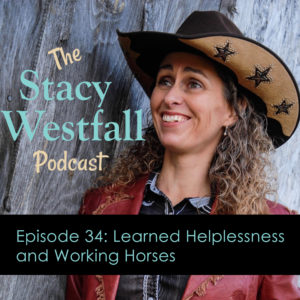
Subscribe For Free!
I am answering a listener question about repetition and learned helplessness which was a response to my newsletter. The definition of learned helplessness from Google is a condition in which a person suffers from a sense of powerlessness, arising from a traumatic event or persistent failure to succeed. It is thought to be one of the underlying causes of depression.
So the definition is somewhere between a traumatic event and persistent failure to succeed. The question involved trotting in 10 circles, so it’s definitely going to be more around the persistent failure to succeed model. The main concept of this podcast will go back to the four square model of the rider’s mind, the rider’s body, the horses mind, and the horse’s body. Along with, the concept of what you believe about learned helplessness with people.
“I truly believe most people are vastly underestimating their horses.” Stacy Westfall Click To Tweet
Show Notes:
[05:16] My response is going to be based more on the definition of a persistent failure to succeed.
[06:14] This is where the four square model really shines. We have the rider’s mind, the rider’s body, the horses mind, and the horse’s body.
[06:51] As a person, you’re going to have a lot of experience between where you think that line of persistent failure to succeed may be or stretching your comfort zone.
[07:09] When I think of learned helplessness with people I think about kids going to school. Kids often ask if they really need to go to school or having to sit in a long meeting.
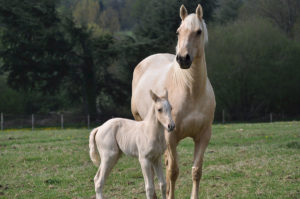
[08:41] The rider’s mind connects to your body and how you show up with your horse. This will be reflected in the horses mind and body.
[09:32] Horses do a good job of reflecting us.
[10:15] Horses are going to move with whatever is allowed.
[10:32] If a rider believes that 10 laps are negative, they will reflect that back to the horse.
[11:44] Horses pick up on your mind and your body.
[12:32] Breaking down the four square model is super important.
[13:44] There are places where you still have to do a lot of physical work, and this is where the rider’s body and the horse’s body comes in.
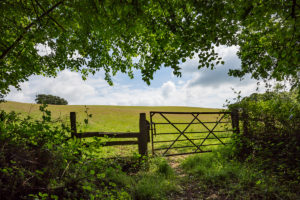
[14:15] I choose to believe that Willow is capable of more than what her natural reactions are.
[15:41] I decided that Willow would be my best bet to train for traditional dressage. I signed up for my first traditional show in February, and Willow had never have the saddle on.
[16:30] I trusted that I would be consciously competent at some point.
[16:43] I also trusted in episode 10 about making mistakes in the right direction and episode 14 where there’s a lot of muscle memory and habit building on my side.
[16:58] I also believed that I was adding layers like an episode 31 and episode 22 where horses move beyond predator and prey.
[17:22] Willow and I just learned our bronze medal in dressage. The bronze is the first of the three levels that signifies your competency level.
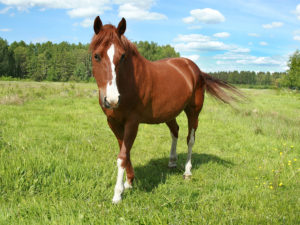
[17:56] It wasn’t easy or mistake free. We completed all of these levels because of belief and trying.
[19:11] What you believe will become evident as you play out your actions.
[19:42] Figure out what you believe about learned helplessness with humans and then think about applying something similar to horses.
[20:34] Next week, we start Season Four: The Horse’s Body. I’ll also be announcing my first sponsor, so stay tuned.
“One of the ways that horses are amazing is that they can reflect us so well.” Stacy Westfall Click To Tweet
Links and Resources:
Starbucks Pony Espresso: Riding My Horse Thru the Drive Thru
Trail to the Western Dressage World Show
Episode 5: The Four Stages of Competency
Episode 10: Make Mistakes in the Right Direction
Episode 14: Muscle Memory: habits & experience can improve your horseback riding skills
Episode 31: Listener Question: Untraining a Horse or Adding Layers?
Episode 22: Beyond Prey vs Predator: You’re Underestimating Your Horse
2 Comments
Leave a Comment
SUBSCRIBE TO THE PODCAST HERE:
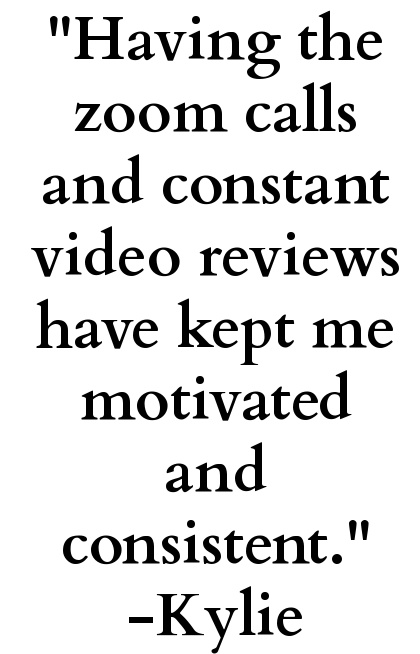
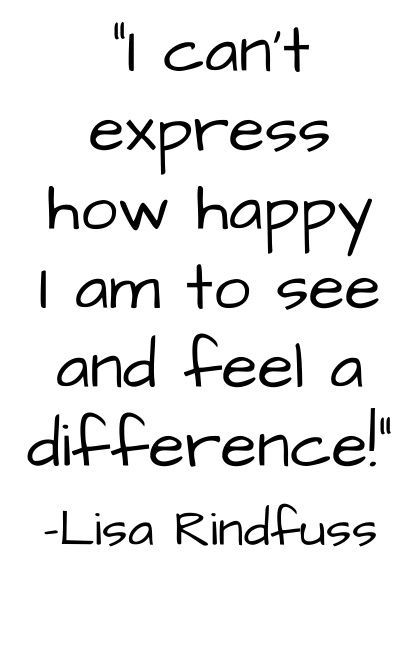
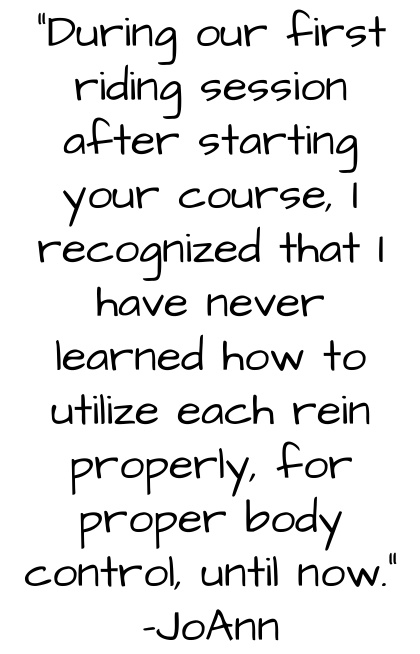
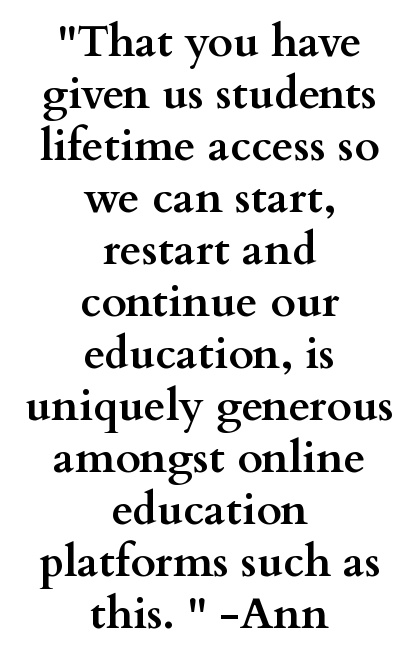
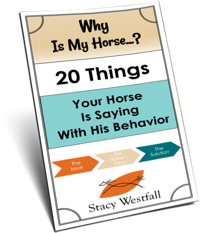
YOURS FREE
WHY IS MY HORSE...?




Great Podcast! I truly believe Hildy can perform maneuvers that I would like her to do…It is myself that needs to work on believing in myself and gain more confidence. Hildy and I have been together for many years.. she knows me VERY well and I know her VERY well. It is so obvious that when I am unsure she knows right away of my feelings because I can feel her tense up or sometimes refuse or give me a difficult time performing the maneuver. When I am confident in what I am doing and believe that we can do something she will perform excellent. It really AMAZES me how horses can easily read their human partner. Thanks for reminding me to believe in myself and my horse!
Hildy is a very cool horse. I wanted a horse emoji with sunglasses right there. You two have learned a lot together and yes…she knows a lot about you, lol.